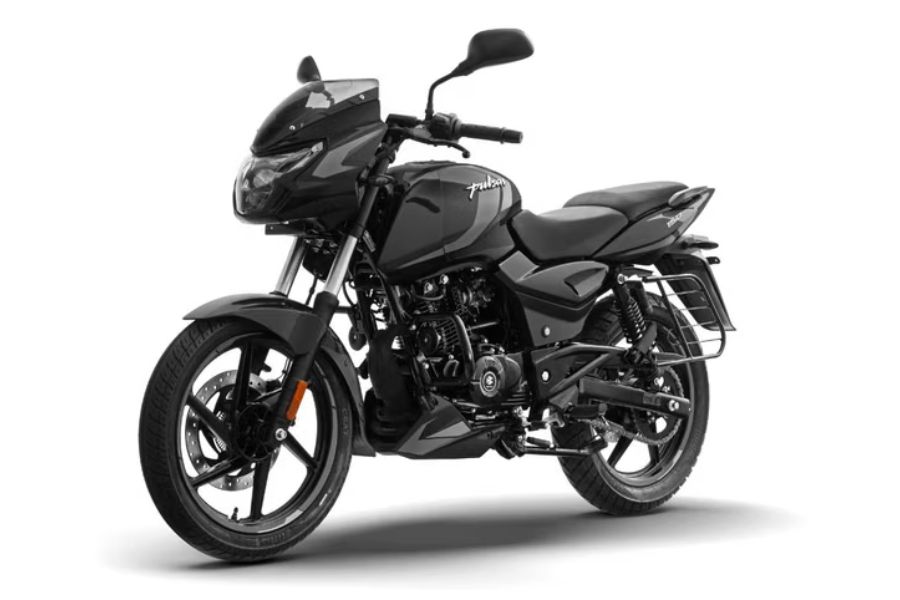Tata Motors has clarified that it will not adopt Jaguar Land Rover’s (JLR) new Jaguar Electric Architecture (JEA) platform for its vehicles, even as it continues to leverage the Electrified Modular Architecture (EMA) for its upcoming Avinya lineup.
In a recent interview with Autocar India, Jaguar Managing Director Rawdon Glover emphasized that the JEA platform is exclusively designed for Jaguar vehicles. “This platform is dedicated to Jaguar, and currently, there are no plans to use it for Tata cars,” Glover said. He further explained that JEA is intended solely for vehicles engineered, manufactured, and assembled in the UK. This decision aligns with Jaguar’s strategy to position its JEA-based vehicles as distinctly “British-built,” a move aimed at reinforcing the brand’s premium image and global appeal.
A Clear Differentiation Between Platforms
The JEA platform has been developed to underpin Jaguar’s new generation of high-end electric vehicles, marking a shift from its current mass-premium offerings to a more exclusive luxury market. Given its focus on ultra-premium positioning, JEA is considered unsuitable for Tata Motors’ product portfolio.
On the other hand, the EMA platform—a versatile architecture designed for JLR’s mid-sized electric vehicles—will be used by Tata Motors for its higher-end electric vehicles, providing a better fit for the brand’s premium aspirations within a more accessible market segment.
Broader Jaguar Lineup in the Works
While Jaguar’s upcoming four-door electric GT is set to define its luxury positioning, the brand has hinted at the development of more affordable models in the future. According to Glover, “There will be vehicles that come after, targeting a wider audience.” These models could utilize a combination of JEA and EMA platforms and may span diverse body styles to cater to a broader customer base.
Jaguar’s strategy to differentiate its platforms and maintain exclusivity for the JEA architecture highlights its ambition to redefine itself as a high-end luxury brand while allowing Tata Motors to carve its own path in the growing electric vehicle market.
Read More:




